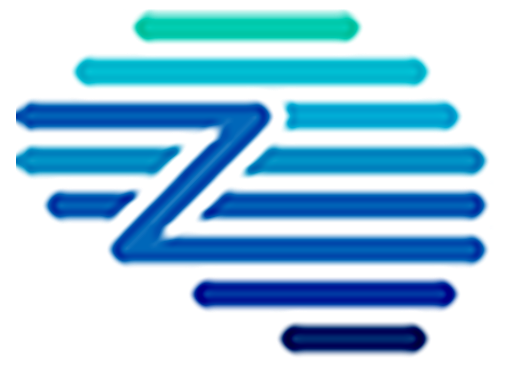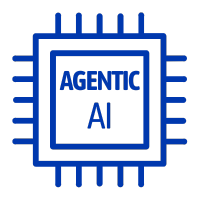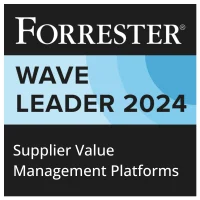The procurement lifecycle refers to the comprehensive process of sourcing, purchasing, and managing the acquisition of goods and services within an organization. This cycle typically includes stages such as needs identification, supplier evaluation, contract negotiation, order management, delivery, performance evaluation, and renewal or closure of contracts. It ensures effective governance and strategic alignment with business goals, enhancing efficiency, cost savings, and supplier relationships.
Key Benefits
– Cost Efficiency: Procurement lifecycle contributes to significant cost savings by optimizing spend and reducing maverick spend. Through automated and AI-driven processes, it enables organizations to identify cost-saving opportunities across various procurement stages.
– Enhanced Compliance and Risk Management: By integrating automated compliance checks and real-time risk assessments, the procurement lifecycle ensures adherence to organizational policies and regulatory requirements, thereby mitigating risk and protecting the organization from potential penalties.
– Operational Efficiency: The procurement lifecycle streamlines processes, dramatically reducing manual effort and processing time. This is achieved through automation and intelligent systems that take over routine tasks, such as invoice processing and purchase order management, thus freeing up resources for strategic activities.
– Improved Decision-Making: AI-driven insights empower procurement teams with better data visibility and analytics, enabling informed decision-making. This allows organizations to optimize supplier selection, negotiate effectively, and manage contracts with enhanced precision and foresight.
– Strategic Value Creation: By automating routine procurement tasks, the lifecycle enhances the strategic role of procurement within the organization. It transforms procurement from a transactional function into a strategic partner that drives innovation, improves supplier relationships, and delivers long-term value.
Related Terms
– Cost Efficiency: Procurement lifecycle contributes to significant cost savings by optimizing spend and reducing maverick spend. Through automated and AI-driven processes, it enables organizations to identify cost-saving opportunities across various procurement stages.
– Enhanced Compliance and Risk Management: By integrating automated compliance checks and real-time risk assessments, the procurement lifecycle ensures adherence to organizational policies and regulatory requirements, thereby mitigating risk and protecting the organization from potential penalties.
– Operational Efficiency: The procurement lifecycle streamlines processes, dramatically reducing manual effort and processing time. This is achieved through automation and intelligent systems that take over routine tasks, such as invoice processing and purchase order management, thus freeing up resources for strategic activities.
– Improved Decision-Making: AI-driven insights empower procurement teams with better data visibility and analytics, enabling informed decision-making. This allows organizations to optimize supplier selection, negotiate effectively, and manage contracts with enhanced precision and foresight.
– Strategic Value Creation: By automating routine procurement tasks, the lifecycle enhances the strategic role of procurement within the organization. It transforms procurement from a transactional function into a strategic partner that drives innovation, improves supplier relationships, and delivers long-term value.
References
For further insights into these processes, explore Zycus’ dedicated resources related to Procurement Lifecycle:
- Beyond Automation: The Future of Human-AI Collaboration in Procurement
- Business continuity in ANZ: 4-ways in which procurement can help!
- AI-Solutions every procurement team must own by 2025
- e-Invoicing Playbook : How to Plan for AP Transformation Success
- Empowering Supplier Management with Zycus SRPM Automation
White Papers
Master the UK Procurement Act 2023: Ensure Compliance & Drive Procurement Excellence

Filter by
Compliant Invoicing
Compliant Invoicing refers to the process of generating, submitting, and managing invoices in adherence with legal, regulatory, and contractual requirements.
Continuity Plan
A Continuity Plan is an organized set of policies and procedures designed to ensure that a company’s essential operations can
Cost Modeling
Cost Modeling in procurement refers to the analysis and estimation of the total cost of ownership of a product or
Contract Audit
Contract Audit is a systematic evaluation of agreements and related documentation to ensure compliance with contractual terms, identify discrepancies, and
Procurement Cycle
The Procurement Cycle refers to the end-to-end process through which an organization identifies its needs, sources suppliers, negotiates contracts, places
Procurement Master Data Management
Procurement Master Data Management is the disciplined approach to managing core, consistent procurement information, including supplier, product, and contract data,






















































